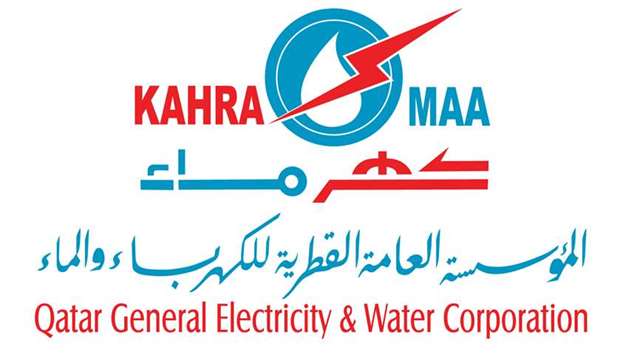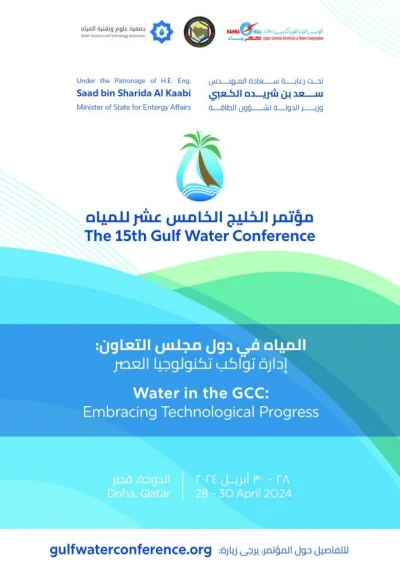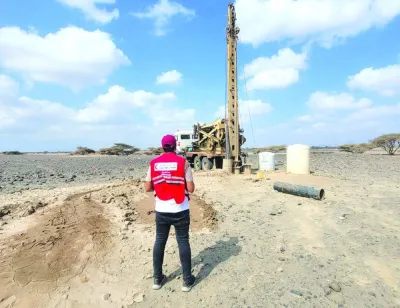Kahramaa has set specific water and power reduction targets and is currently working to reduce per capita energy and water usage as part of conserving these resources, a new report has shown.
Improving Qatar’s water security is the “third and last of the key challenges” outlined in Qatar National Vision 2030 (QNV 2030), following energy security and cybersecurity, Oxford Business Group (OBG) said in ‘The Report Qatar 2017’.
Recognising the need to draw down rates of consumption, the Conservation and Energy Efficiency Department of Kahramaa manages the National Programme for Conservation and Energy Efficiency (Tarsheed), an initiative to encourage and empower the general public to make their homes, workplaces and lifestyles more sustainable and efficient.
Kahramaa has set specific water and power reduction targets up until 2018 and is currently working to reduce per capita energy consumption from 43KWh per day to 39KWh, and per capita water usage from 595 litres per day to 459 litres, OBG said.
“The programme has reported achieving significant gains in efficiency, driving electricity consumption down by 14% and reducing water consumption by 17% between April 2012 and November 2015,” OBG said quoting Essa bin Hilal al-Kuwari, president of
Kahramaa.
Strategies employed to achieve efficiency objectives through Tarsheed include the introduction of new technologies, the revision of water and electricity tariffs, and raising public awareness of the importance of
conservation.
Kahramaa has also implemented legislation that enforces compliance with national conservation laws and aims to drive down per capita consumption by authorising strict penalties of up to QR10,000 ($2,750) for leaving external lights on between 7am and 4.30pm, or QR20,000 ($5,490) for using drinking water for washing vehicles, equipment and home exteriors.
Power in Qatar is produced and sold in a deregulated single-buyer market, with privately operated independent water and power producers (IWPPs) selling their production exclusively to state-owned corporations under long-term power and water purchase agreements, the report said.
Qatar Petroleum (QP) is the sole source of natural gas as fuel for the power and water production facilities run by IWPPs.
Prior to 1999 electricity generation and water production, transmission and distribution services were carried out by the Ministry of Electricity and Water. To encourage private investment and achieve some degree of deregulation, power and water production services were separated and privatised, OBG said.
The country’s primary utilities provider, Qatar Electricity and Water Company (QEWC), was formed in 2000, and today it is the second-largest private utility company in the Mena region and the main supplier of electricity and desalinated water in Qatar.
Desalinated sea water is the primary source of potable drinking water in Qatar, and it satisfies 99% of the country’s municipal water demand.
Qatar and other GCC member states are global leaders in desalination and make up four of the world’s 10 largest users of the technology.
The reliance on desalinated water is due to limited groundwater resources, which have been overused and restricted to agricultural irrigation due to quality issues, OBG said.




